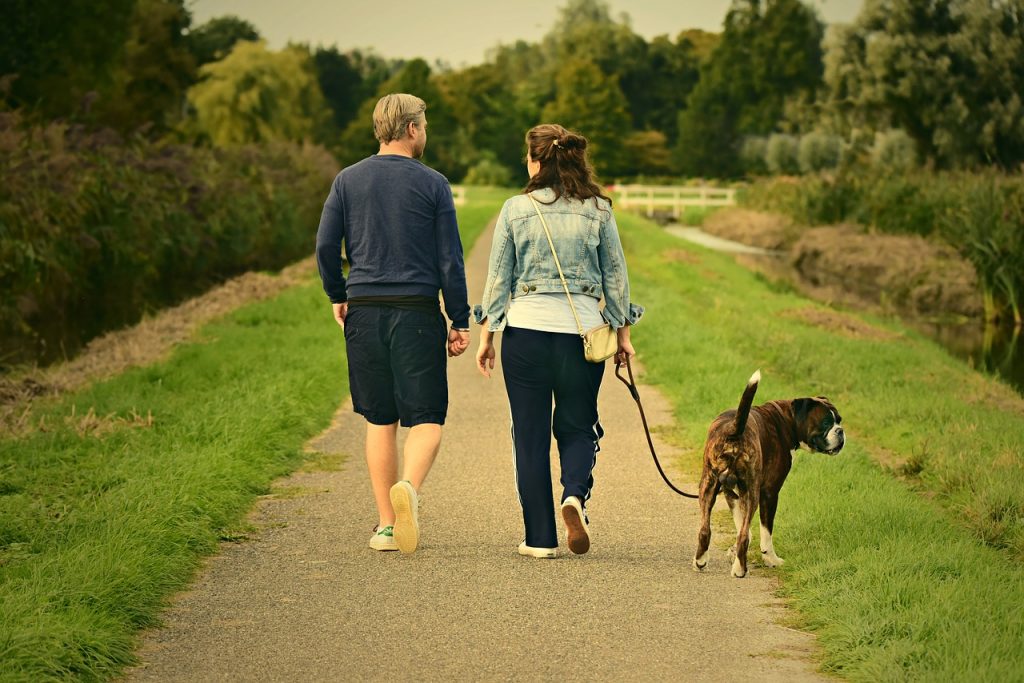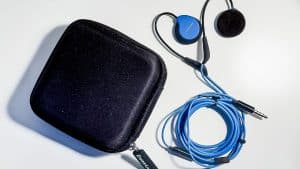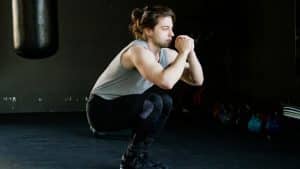When I say “exercise,” I bet your first image is a gym with people in bright clothes running around all over the place. All these people seem impossibly in shape, and you’re thinking, “No way is this me!”
It’s an image that’s both exhausting and daunting at the time, but what if I told you it’s not actually representative of all that exercise is? In fact, many people who live longer aren’t necessarily at the gym 24/7–they’re people with high Non–Exercise Activity Thermogenesis (NEAT) scores.
What is NEAT?
If you’ve ever known someone who just couldn’t sit still, you’re seen NEAT in action. This term refers to all the activities we do besides sport-like exercises or sleeping. NEAT includes things like walking to work, yard work, house work and even fidgeting.
According to research, including one study in 2012 that was published in the Exercise and Sport Sciences Reviews journal, just getting in a 30-minute or one hour workout each day (https://www.ncbi.nlm.nih.gov/pmc/articles/PMC3404815/) isn’t enough to offset all the time spent sitting. People who have higher NEAT scores tend to get up, walk around for no reason and fidget more than people with lower NEAT scores.
In general, research over the years has indicated that when we move more and sit less, we live longer lives. Balancing the amount of energy we take in–via calories in food–with how much we expend helps with weight control as well, and some inflammation markers have been found to increase when NEAT is not a part of your typical day. Specifically, one protein known as c-reactive–which has been linked to blood sugar boosts, triglycerides increase and inflammation–has been seen in people who have low to non-existent NEAT scores daily.
In the US, people in an office are now sedentary for an estimated 15 hours per day, as reported by Forbes (https://www.forbes.com/sites/nicolefisher/2019/03/06/americans-sit-more-than-anytime-in-history-and-its-literally-killing-us/#7bff4a32779d), and the numbers are only slightly better for people in many other work settings. This is a dramatic increase from the 1960s, when active jobs made up about half of the total jobs out there.
Whether you are working your garden, walking around the office or standing during a call at your work, all that activity counts. Remember that for a longer, healthy life, you need to practice NEAT daily, and it’s very simple to do–whenever you find yourself sitting for a period of time, add in some movement.




